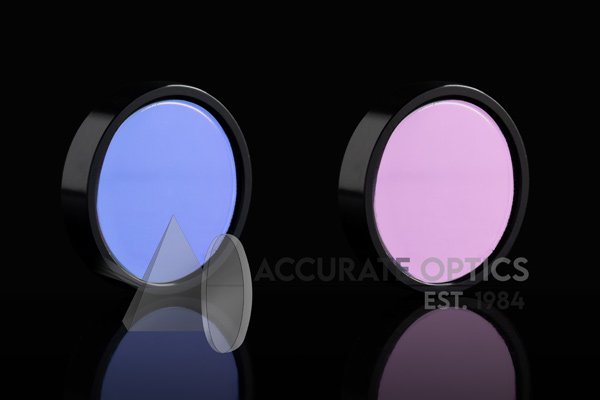Applications of Silver Coated Mirrors in Telescopes
Telescopes have long been our windows to the cosmos, allowing us to explore the mysteries of the universe. At the heart of every powerful telescope lies a critical component that enables us to capture celestial wonders in stunning detail: the mirror. Silver coated mirrors play a pivotal role in the world of telescopes, providing unparalleled advantages that enhance their performance. In this blog post, we will delve into the fascinating applications of silver coated mirrors in telescopes and the invaluable contributions they make to astronomy and beyond.
The Magic of Silver Coated Mirrors
Silver-coated mirrors are an integral part of telescope construction due to their exceptional reflective properties. Unlike ordinary glass, these mirrors are coated with a thin layer of silver, which significantly enhances their ability to reflect and capture incoming light. This increased reflectivity is paramount for telescopes, as it directly affects their ability to collect and focus distant light sources, such as stars, planets, and galaxies.
High-Quality Imaging
One of the most significant advantages of using silver coated mirrors in telescopes is their ability to produce high-quality images. These mirrors offer superior reflectivity across a broad range of wavelengths, making them ideal for capturing celestial objects in both visible and non-visible spectrums. The result is clear, sharp images that provide astronomers with essential data for their research and observations.
Superior Light Gathering
Telescopes equipped with silver coated mirrors can gather and concentrate more light compared to other reflective surfaces. This light-gathering capacity allows astronomers to observe faint and distant celestial objects that would otherwise remain undetectable. Silver-coated mirrors are particularly beneficial for large optical telescopes that require maximum light collection for deep-space exploration.
Versatility in Telescopic Systems
Silver coated mirrors find their applications in various types of telescopes, including:
– Optical Telescopes: In telescopes that rely on visible light for observations, silver coated mirrors provide exceptional reflectivity, making them suitable for both professional and amateur astronomers.
– Radio Telescopes: In radio astronomy, where telescopes detect radio waves from the cosmos, silver coated mirrors are employed as reflective components to enhance signal reception.
– Space Telescopes: Many space-based telescopes, like the Hubble Space Telescope, utilize silver coated mirrors for their ability to withstand the harsh conditions of space and capture breathtaking images of distant galaxies.
– Infrared Telescopes: Telescopes designed to observe the universe in the infrared spectrum benefit from the enhanced reflectivity of silver coated mirrors, allowing them to detect heat signatures from celestial bodies.
Cost-Effective Solutions
Silver-coated mirrors also offer a cost-effective alternative to other reflective materials, such as gold or aluminum. This affordability makes them an attractive choice for telescope manufacturers and research institutions, allowing them to maximize their research capabilities without excessive costs.
Conclusion:
In the realm of astronomy, the applications of silver coated mirrors in telescopes are truly remarkable. These mirrors contribute significantly to our understanding of the universe by providing high-quality imaging, superior light gathering, and versatility in various telescopic systems. As our quest to explore the cosmos continues, silver-coated mirrors remain a cornerstone of astronomical observation, empowering astronomers and enthusiasts to reach new heights in their celestial endeavors. With the power to capture the beauty and mysteries of the universe, silver coated mirrors are a testament to the fascinating blend of science, engineering, and wonder that characterizes the world of astronomy.








